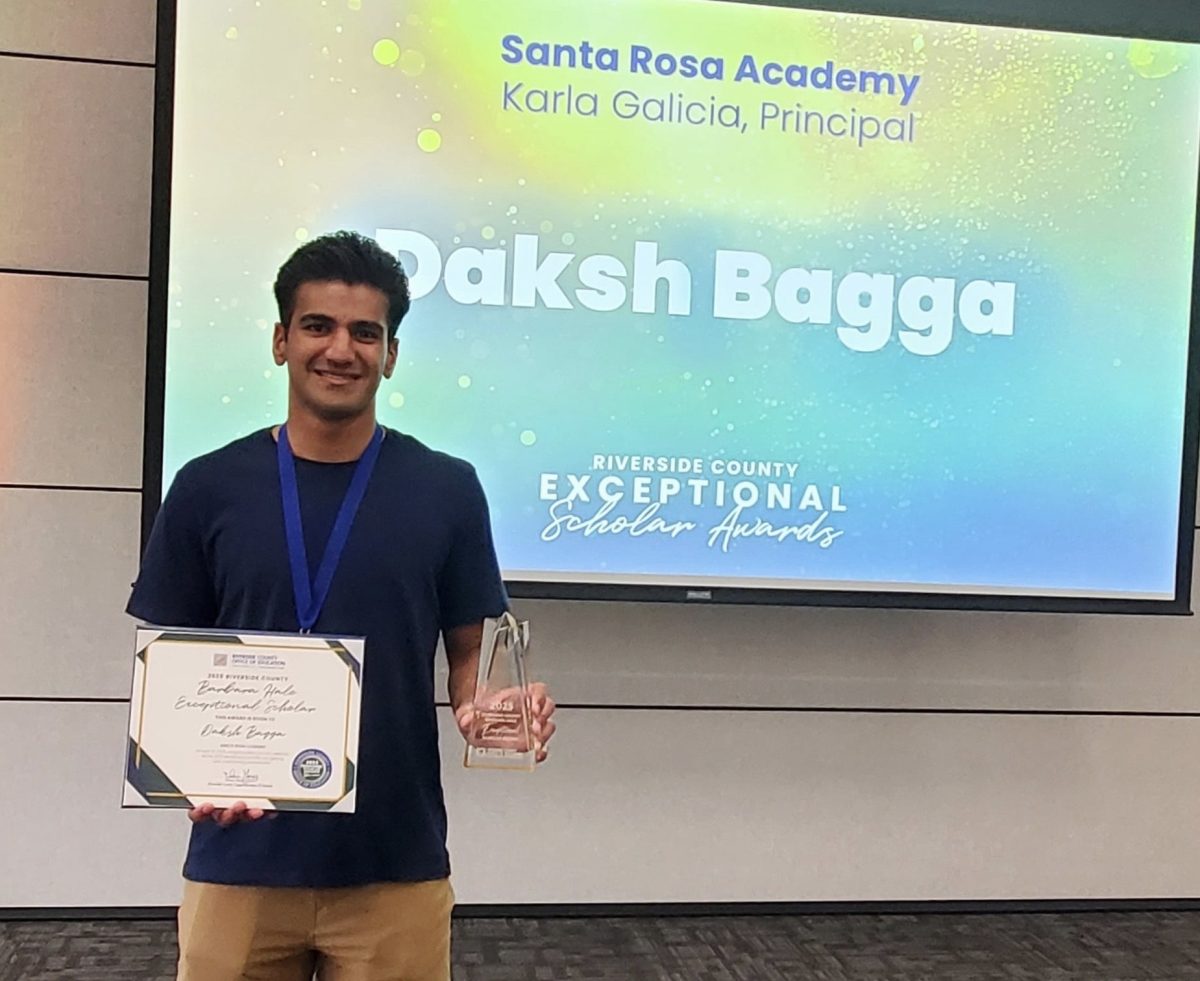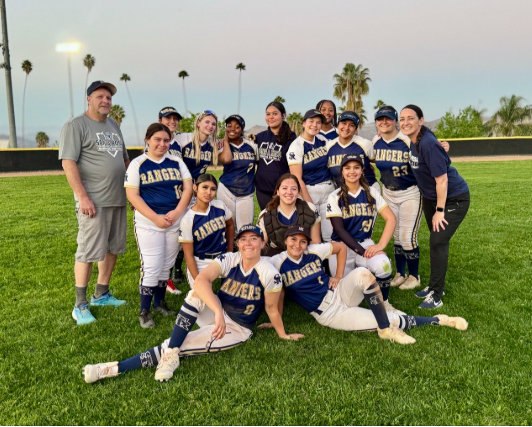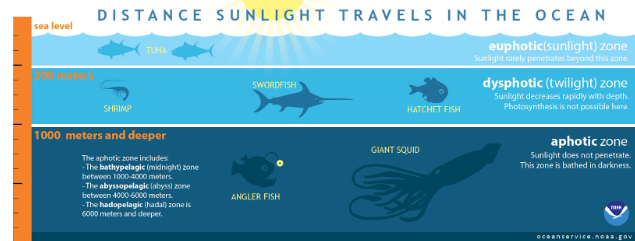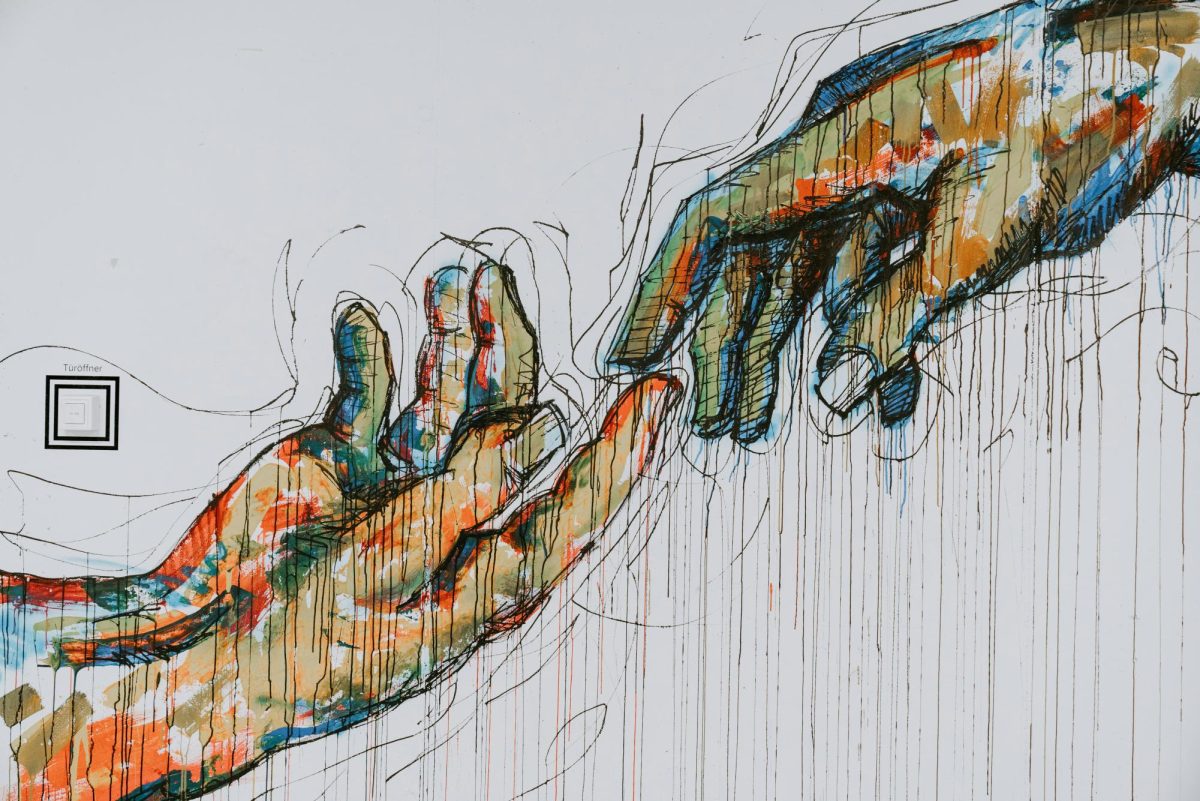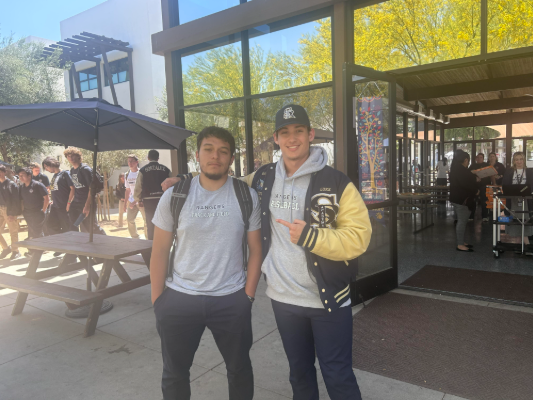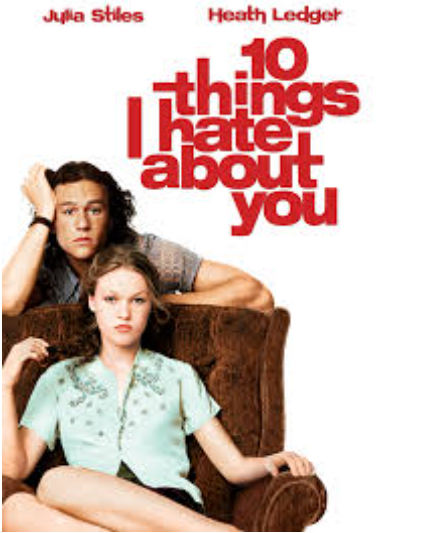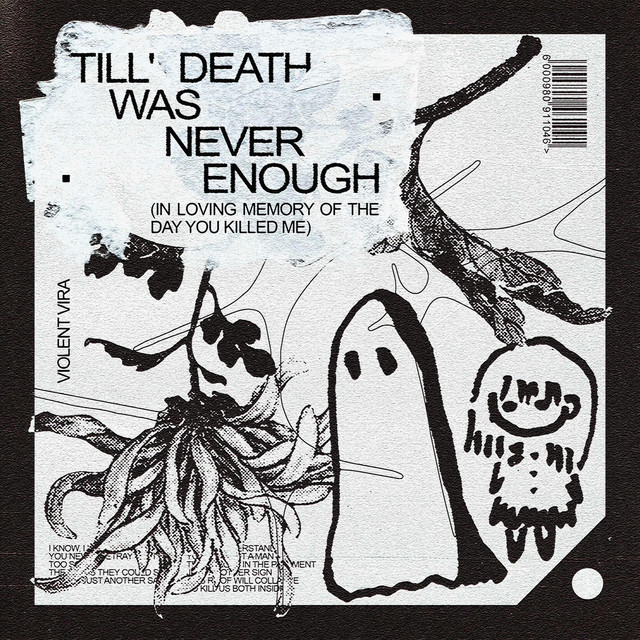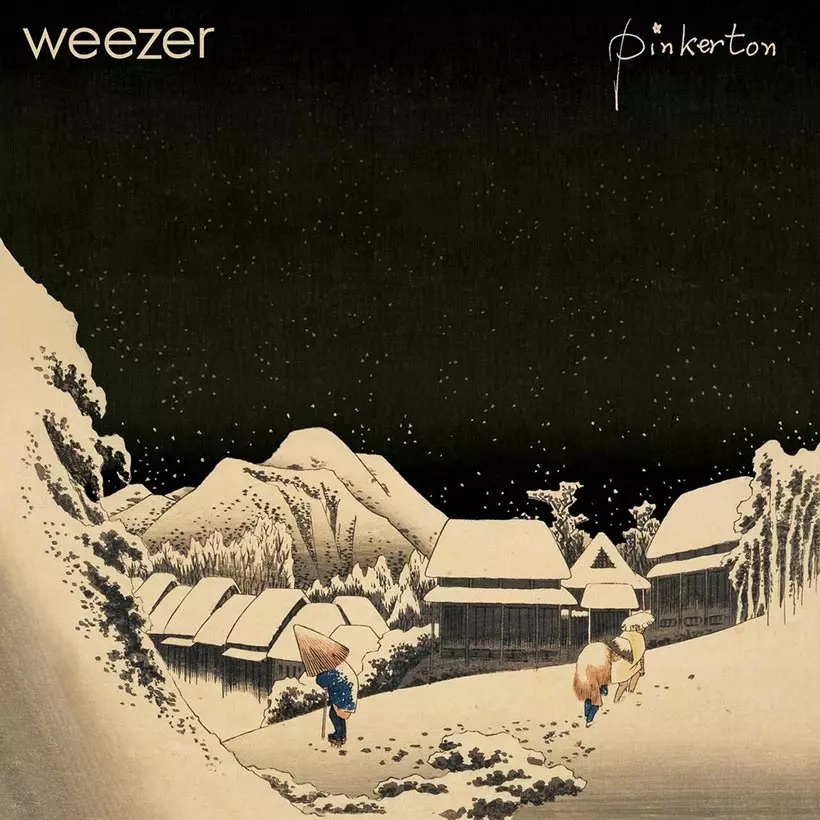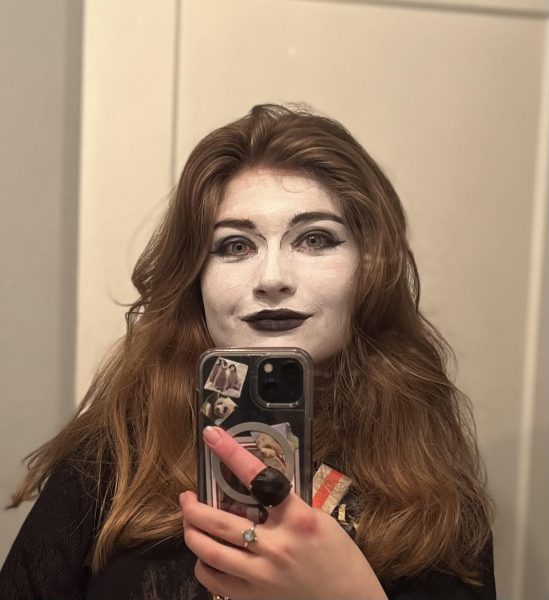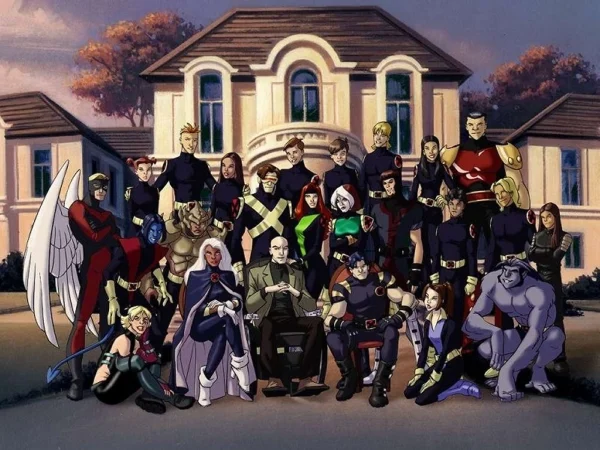
Marking the dawn of the Bronze Age of comic books, Marvel’s landmark series X-Men began in 1963. This series has seen itself adapted into movies, animation, video games, crossover events, and more. In its stories, the X-men are a united people Gen Z can relate to in a world more disconnected than ever.
When asked about Gen Z isolationism, Santa Rosa Academy Junior and fellow journalist at The Lasso Daniel Orea said “There’s an innate human desire to have connection, but with a lack of 3rd places to go to with others and a higher priority on industry spaces, it’s so difficult to make those types of friendships. Let alone ones that last.” When prompted, Junior Harley Anderson said, “Sometimes I find it hard to make connections with people nowadays, it may just be me, but I feel everyone is in a rush to grow up so fast and sometimes I’m unable to find things that I can relate to people, even when they’re my age.”
And this isn’t just the teens themselves noticing this. Chemistry teacher, Mr. Paez says: “Between social media, school shootings, the increasing polarization of disagreeing views across all topics, and a tendency for media to lean into and promote fear mongering or incendiary content, Generation Z and those younger deal with more mental stress at their age than most of the generations prior. With social media that constantly promotes filtered and often unrealistic views of our lives and the isolation brought on by our reliance on technology to eliminate boredom, Gen Z often appears to be one of the most detached groups of individuals.”
During its conception, X-men was fully intended by its creators Jack Kirby and Steve Ditko to be a reflection of prejudice and social issues in the real world. Chris Claremont, writer of The Uncanny X-men stated “The X-Men are hated, feared and despised collectively by humanity for no other reason than that they are mutants. So what we have here is a book that is about racism, bigotry, and prejudice.” X-men has never feared commenting on social or political topics. This, through both well-written representation and acceptance, has garnered a safe space within the X-men comics for those who fall victim to alienation or bullying.
Political analysis website Politico conducted a 2020 survey on the political views of Generation Z in Western countries. They found that 60% consider systemic racism to be a major adversary to civil liberties. In addition to this, the Pew Research Center found that Gen Z is the “most racially and ethnically diverse” generation yet. While securing ethnically diverse representation has become a growing trend in the past years, the X-Men comics introduced characters of various races and nationalities well before it was seen as a pressing issue in mainstream media. Introduced in 1975, Ororo Monroe (more commonly known as Storm) joined the X-men in the first issue of Giant-sized X-men as its first Black character. Fellow journalist at The Lasso, Danielle Okogho, says that “Storm is truly one of my favorite superhero characters of all time. Being an avid superhero fan and seeing myself represented in Storm always meant a lot to me as a young black woman. Storm is just a great character that is truly complex and powerful. Her story is one that many can relate to, and to see how many other people relate to her character is truly a beautiful thing to witness. I am so glad that Storm is a character in the X-Men!”
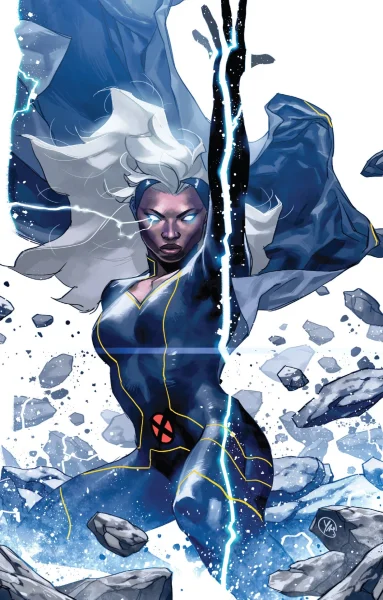
Similarly, the X-men is also diverse with people of different origins. Just as Storm is from the fictional island of Krakoa (which fans speculate to be inspired by Kenyan culture), Nightcrawler immigrated from Germany with a heavy accent and cultural influence, Peter and Wanda Maximoff are from the Slavic-inspired fictional country of Sokovia (depending on the iteration), siblings Colossus and Magik are from Russia, Sunfire is from Japan, and Wolverine is from Canada. These characters, among many others, represent the countries and cultures they hail from. Ben McCauley, a person of Russian and Serbian descent as well as a Russian speaker, said “It’s cool to see Slavic culture represented in such a mainstream form of media.” In an article on Wolverine being from the Land of Maple Syrup, Geek History Lesson said “Many of my friends and fellow comic book readers associated with Wolverine and were incredibly happy that he was Canadian. He was powerful. He was cool. He was popular. He was us.”
In 1982, the X-Men comic subtitled God Loves Man Kills was published. Marking the X-men’s first example of queer-coding, the issue features a prejudiced preacher campaigning that mutants hide among the “decent” and “ordinary” people of America; framing the mutants as malicious in their secrecy and paralleling the pseudo-McCarthyist Lavender Scare of 1950. With an estimated 30% of Gen Z belonging to the LGBTQ+ community, it’s evident that accurate representation is appreciated and even beloved in certain cases.
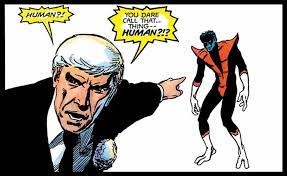
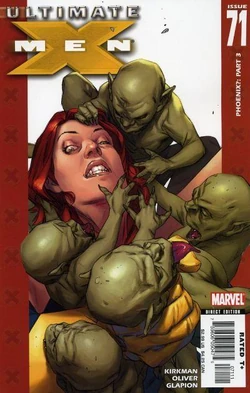
Throughout multiple decades, X-men comics, shows, and movies have touched many generations. While someone of any age could enjoy this saga, it’s Gen Z that has found cultural roots within the X-men franchise. Besides, who wouldn’t want to find a safe space in the halls of the Xavier’s Institute?
Works Cited
X-men lore: rollingstone.com access date: 2/24, update: 5/14; wikipedia.org access date: 2/24, update: 2/24; wikipedia.org access date: 2/24, update: 2/24; marvel.com access date: 2/24, update: 2/24; thebias.com access date: 2/24, update: 10/18
Gen Z statistical information: envisionwellness.co access date: 2/24, update: 1/24; wikipedia.org access date: 2/24, update: 2/24; nbcnews.com access date: 2/24, update: 2/24; pewresearch.org access date: 2/24, update: 2/24; experiencecle.com access date: 2/24, update: 1/23; linkedin access date: 2/24, update: 1/24; fanbytes.co.uk access date: 2/24, update: 1/24
Quotes: transcript.org access date: 2/24, update: 1/24; medium.com access date: 2/24, update: 2/24; geekhistorylessons.com access date: 2/24, update: 3/22






